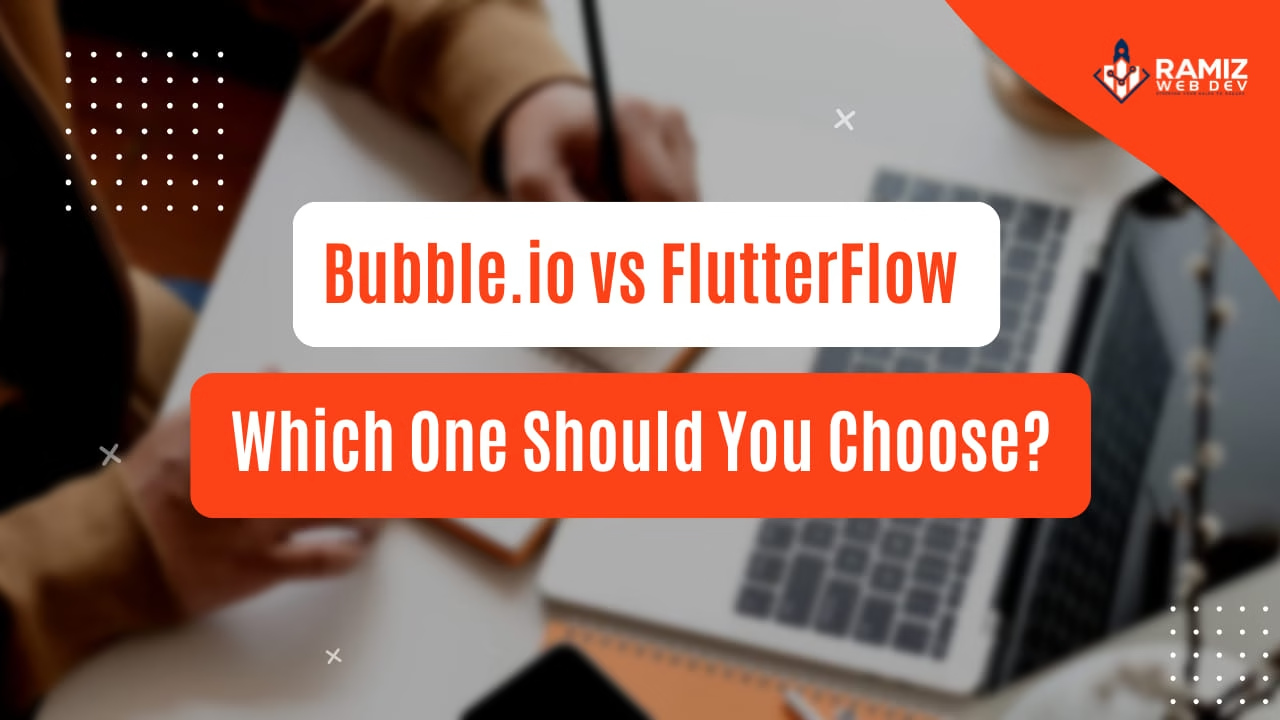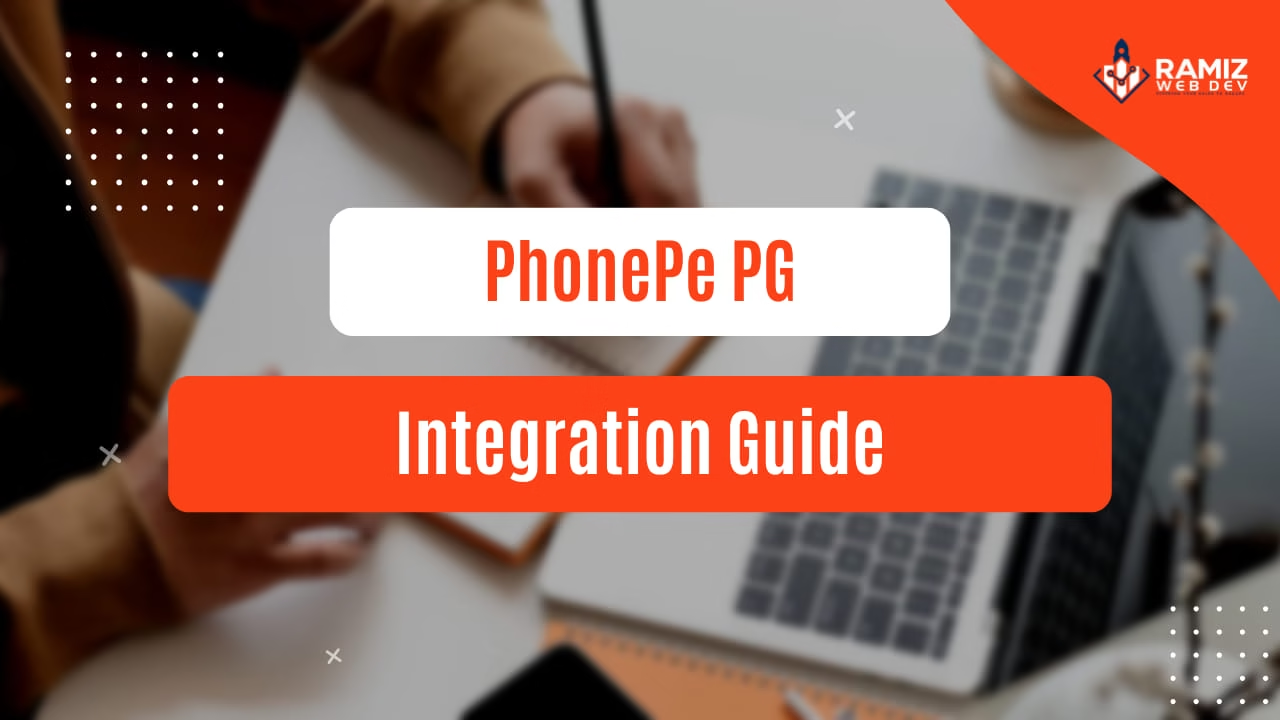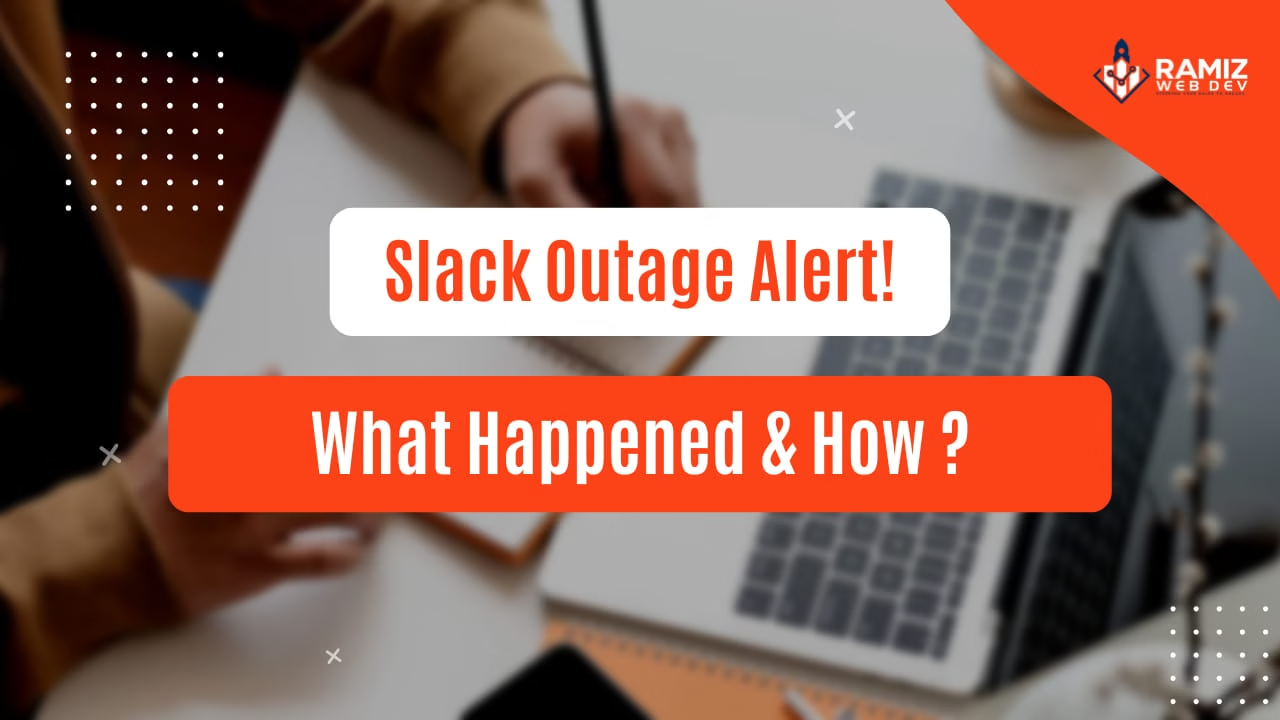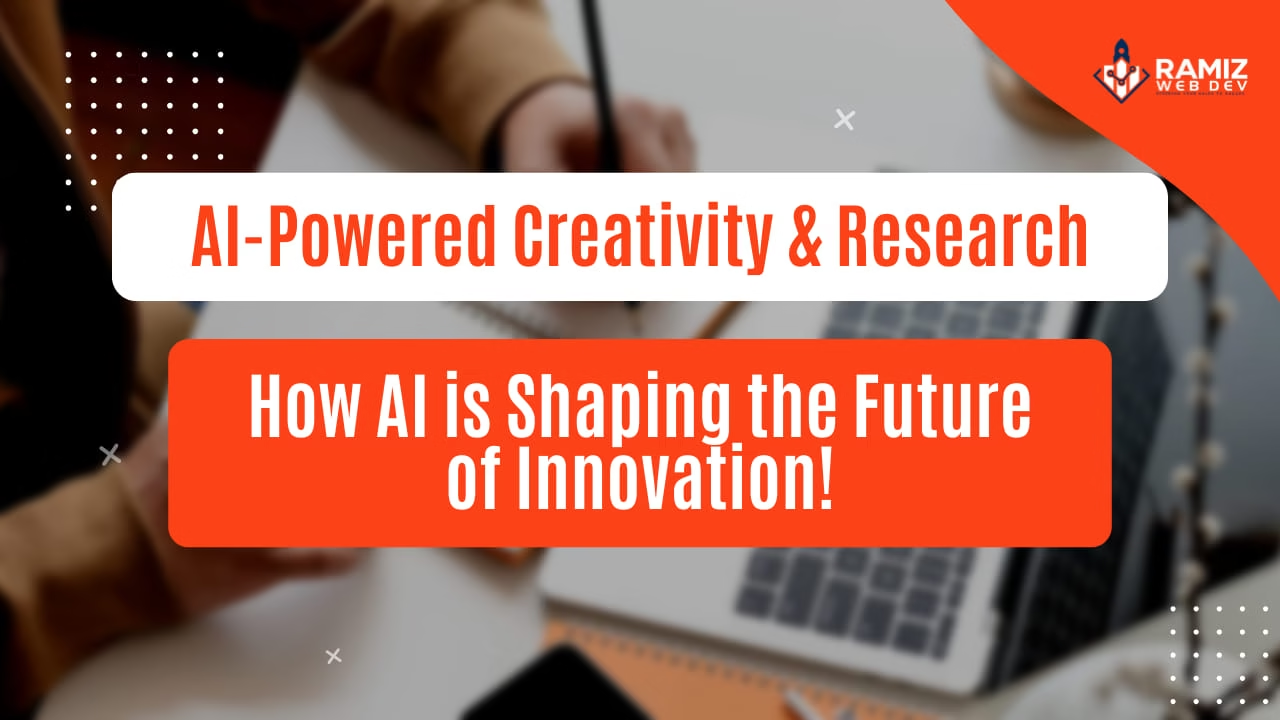In today’s fast-paced digital world, app development has become crucial for businesses and entrepreneurs alike. However, coding an app from scratch can be daunting, especially if you’re not a seasoned programmer. That’s where no-code and low-code platforms like Bubble.io and FlutterFlow come into play. But how do you decide which one is the right fit for your needs? Let’s dive into a detailed comparison to help you make an informed choice.
What is Bubble.io?
Bubble.io is a powerful no-code platform that empowers you to create web applications with pixel-perfect precision, surpassing the constraints of traditional templates. While mastering it might require some learning, its remarkable flexibility makes it a standout choice for app development.
With Bubble, you can execute transactions, send emails, personalize your app for various user types, and manage, store, and display data efficiently. The platform also handles hosting and scalability, ensuring a secure and reliable infrastructure for your application. An added advantage is the ability to preview your app’s functionality right on their website. If you’d like to explore Bubble, their homepage features an interactive tool that lets you modify their website to see how it works in real-time.
What is FlutterFlow?
FlutterFlow lets you build mobile apps without writing code. It works much faster than traditional app development, up to ten times faster. The drag-and-drop builder makes it easy to connect data sources. You can also create apps in multiple languages.
FlutterFlow is based on Flutter, which allows for custom coding if needed. You can hire a Flutter developer to help with advanced features. It also lets you export your app’s code and move it entirely to Flutter.
User Interface and Customization
Bubble is renowned for its powerful visual editor. While it may have a steeper learning curve compared to platforms like Adalo, it offers extensive customization capabilities and advanced features once users become proficient with its interface. With its drag-and-drop functionality and responsive design tools, Bubble enables users to create highly customized web applications that adapt seamlessly to various screen sizes and devices.
FlutterFlow, on the other hand, provides customizable branding, responsive layouts, and a focus on visual elements, eliminating the need for users to manage underlying code. One standout feature is its extensive library of pre-built widgets. These widgets are highly customizable and serve as reusable components. Once built, they can be deployed throughout the app, saving time, ensuring consistency, and streamlining app maintenance and updates.
Collaboration Features in Bubble and FlutterFlow
Software development often requires seamless teamwork, with multiple contributors working on the same project. Both Bubble and FlutterFlow cater to this need by providing robust collaboration tools that streamline workflows and enhance productivity. Below, we explore their shared collaboration features:
1. Real-Time Collaboration
- Both platforms enable real-time collaboration, allowing team members to work simultaneously on different parts of an application.
- This feature fosters efficient development by minimizing delays and encouraging synchronized workflows among designers, developers, and project managers.
2. Version Control
2.1) Bubble:
- Offers a comprehensive version control system.
- Enables users to track changes, review the application’s edit history, resolve conflicts, and revert to previous versions if necessary.
- This is especially helpful for debugging and maintaining a clean development workflow.
2.2) FlutterFlow:
- Provides history logs, allowing users to view specific changes made by team members.
- Facilitates reverting to earlier versions when needed, ensuring a reliable safety net during collaborative efforts.
- Version control in both tools reduces the risk of errors and data loss, making teamwork smoother and more secure.
3. Role-Based Access Control (RBAC)
Both platforms implement RBAC, enabling project admins to assign tailored access levels based on team roles:
- Designers: Full access to edit UI components, layouts, and styles.
- Stakeholders or Clients: Limited to read-only access, allowing them to monitor progress and provide feedback without altering the application.
RBAC ensures that only authorized individuals can make changes, enhancing security and maintaining project integrity.
Key Benefits of Collaboration Tools in Bubble and FlutterFlow
- Efficiency: Real-time collaboration minimizes waiting times and improves coordination.
- Transparency: Version control and history logs provide clear visibility into project changes.
- Security: RBAC safeguards the application from unauthorized modifications.
These features make both Bubble and FlutterFlow ideal choices for teams working on complex applications, promoting a productive and secure collaborative environment.
Programming languages and custom code integration
FlutterFlow and Bubble cater to different development needs, offering unique capabilities for app creation. Here’s a comparison based on the points you provided:
Bubble: Customization within a Proprietary System
- Proprietary Platform: Bubble is designed as a no-code solution without the option to export full app code for use outside its ecosystem.
- Custom Code Integration: Allows integration of JavaScript, HTML, and CSS for enhanced functionality and unique features.
- Custom scripts enable advanced features within the Bubble environment.
- Ease of Use: Prioritizes simplicity, making it accessible for users with little or no coding knowledge.
- Scalability Without Migration: Designed to support fully functional applications that scale within the Bubble platform itself.
FlutterFlow: Code Integration and Flexibility
- Built on Flutter: FlutterFlow is based on Flutter, which uses the Dart programming language.
- Pre-Built Code Packages: Integrates packages from pub.dev, a repository of reusable Flutter components.
- Example: Adding a calendar feature via a pre-built package instead of starting from scratch.
- Custom Code: Supports custom Flutter code and widgets within its no-code environment.
- Code Export: You can export your FlutterFlow app as Flutter code. The exported code allows continued development using traditional tools like Android Studio or Visual Studio Code.
- Transition to Full Code: Offers the flexibility to move from no-code to fully custom code development.
Key Differences
- Flexibility: FlutterFlow is ideal for developers who want the option to move to traditional coding as their project grows. In contrast, Bubble focuses on creating and scaling applications entirely within its platform.
- Code Export: FlutterFlow provides full code export, enabling a seamless transition to custom Flutter development. Bubble does not offer this, keeping development contained within its ecosystem.
- Programming Languages: FlutterFlow leverages Dart and the rich resources of the Flutter ecosystem. Bubble allows customizations via JavaScript, HTML, and CSS but does not support transitioning to a different coding environment.
Choose FlutterFlow if you want a no-code tool with a clear path to traditional app development. Opt for Bubble if you prefer an all-in-one platform that prioritizes ease of use and scalability without requiring a coding background.
Top Notch Features of Bubble.io vs FlutterFlow
Top Features of Bubble.io:
- Built-in Message Boards: The platform offers integrated message boards for seamless communication and collaboration.
- eCommerce Features: Includes specialized tools for online selling and smooth eCommerce checkout processes.
- User Management: Efficiently manage user accounts and passwords directly within your Bubble app.
- Collaboration: Allows up to 40 users to collaborate on a single app simultaneously.
- Dynamic Content: Supports real-time updates and personalization with dynamic content features.
- Database Scalability: Provides scalable databases designed to handle large volumes of data efficiently.
Top Features of FlutterFlow:
- Responsive Design: FlutterFlow offers intuitive tools to create adaptive applications tailored for various screen sizes.
- Template Screens: With over 150 pre-designed templates, developers can save significant time when designing app interfaces.
- Firebase Integration: Seamlessly connect with Firestore to leverage a fast and scalable backend solution.
- Deployment Options: Launch your apps on the App Store, Google Play Store, and the web, with support for custom domains for web applications.
- Custom Functions: Add advanced functionality using Dart code, pre-made components, or community-contributed projects.
- History Logs: Keep track of project changes and easily revert to previous versions when needed.
- Third-Party Integrations: Integrate with popular services like Algolia, Braintree/PayPal, Google AdMob, and other APIs via GET/POST requests.
- Code Export: Export your application’s code as Flutter code for further development in native IDEs.
- Cross-Platform Development: Build apps for mobile, web, and desktop platforms from a single codebase.
SEO Capabilities
Search Engine Optimization (SEO) is all about improving your website or app’s visibility on search engines like Google, making it easier for people to find.
SEO in Bubble.io:
Bubble offers a variety of built-in SEO tools to help optimize your web application. You can customize:
- Page Titles: Create unique and relevant titles for each page to improve visibility.
- Meta Descriptions: Provide concise summaries to appear in search results.
- Keywords: Add targeted keywords to enhance discoverability.
Additionally, Bubble allows you to manage:
- Website URLs: Optimize URL structures for clarity and relevance.
- Sitemaps: Generate and submit sitemaps to search engines for better indexing.
- Third-Party SEO Services: Integrate with tools like Google Analytics and Google Search Console for detailed performance insights.
These features give you excellent control over how search engines perceive and rank your app.
SEO in FlutterFlow:
FlutterFlow primarily focuses on mobile app development, offering limited SEO capabilities. However, for web apps, you can customize basic settings such as:
- Meta Tags: Include metadata to provide search engines with essential information about your app.
To achieve better SEO results when using FlutterFlow, consider creating a separate promotional website using a platform designed for advanced SEO features.
AI Features
FlutterFlow and Bubble.io are both platforms that integrate AI features to enhance app development.
Bubble.io and AI:
- AI Features: Bubble.io utilizes AI for functions like text generation and auto-tagging, improving workflow efficiency in app development.
- OpenAI API Integration: Developers can use the OpenAI API in Bubble.io by obtaining an OpenAI API key and configuring the API through Bubble.io’s API Connector plugin.
FlutterFlow and AI:
- OpenAI’s ChatGPT Integration: FlutterFlow uses OpenAI’s ChatGPT to create chatbots with advanced natural language understanding. This feature is useful for developing AI-based applications like personal assistants and language tutors.
- AI Page Design: FlutterFlow offers an AI-powered page design feature that can generate pages based on user prompts. This feature is still in the alpha stage, so it may not be fully developed or have wide applicability yet.
Both platforms offer AI capabilities that streamline app development, though they cater to different needs and use cases.
Pricing Structure
When developing an app, cost-effectiveness is likely your primary concern. Although no-code platforms can save money compared to traditional development methods, you still need to consider the costs involved.
With Bubble, you can start with a free plan and only pay when you’re ready to go live. This gives you the flexibility to work on the app’s initial version without incurring costs right away. However, you’ll need to switch to at least the $29 per month plan once you launch your app.
FlutterFlow also offers a free starter plan, which provides access to core platform features, pre-built templates, Firebase integration, and 2 API endpoints for app building and testing. After that, there are Basic, Business, and Enterprise plans. The Business and Enterprise plans are similar, but the Enterprise plan offers more advanced collaboration features.
Conclusion
Deciding between two low-code/no-code tools can be tricky, as it largely depends on your needs and goals. Here’s a breakdown:
- Bubble is great if you need to make frequent updates to your app and require a variety of integrations. It allows for flexibility and rapid changes, making it ideal for apps that evolve over time.
- FlutterFlow is a better choice if your app is already well-defined and doesn’t require frequent updates. It shines if you’re looking to provide a high-quality, full-native mobile experience.
If you’re still unsure, you might want to check out alternatives to both Bubble and FlutterFlow. That could give you more options to choose from, depending on your specific project needs. If you need expert help then Book a Free Consultation for better clarification.








